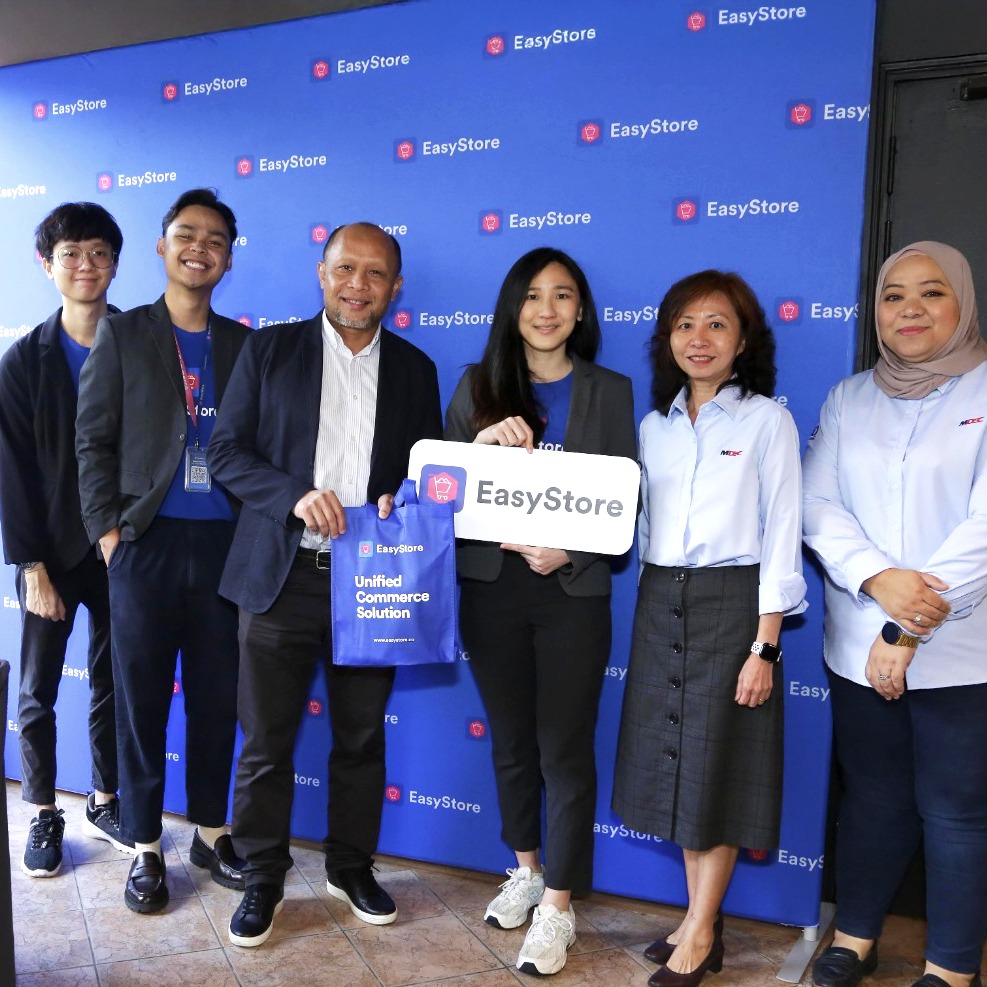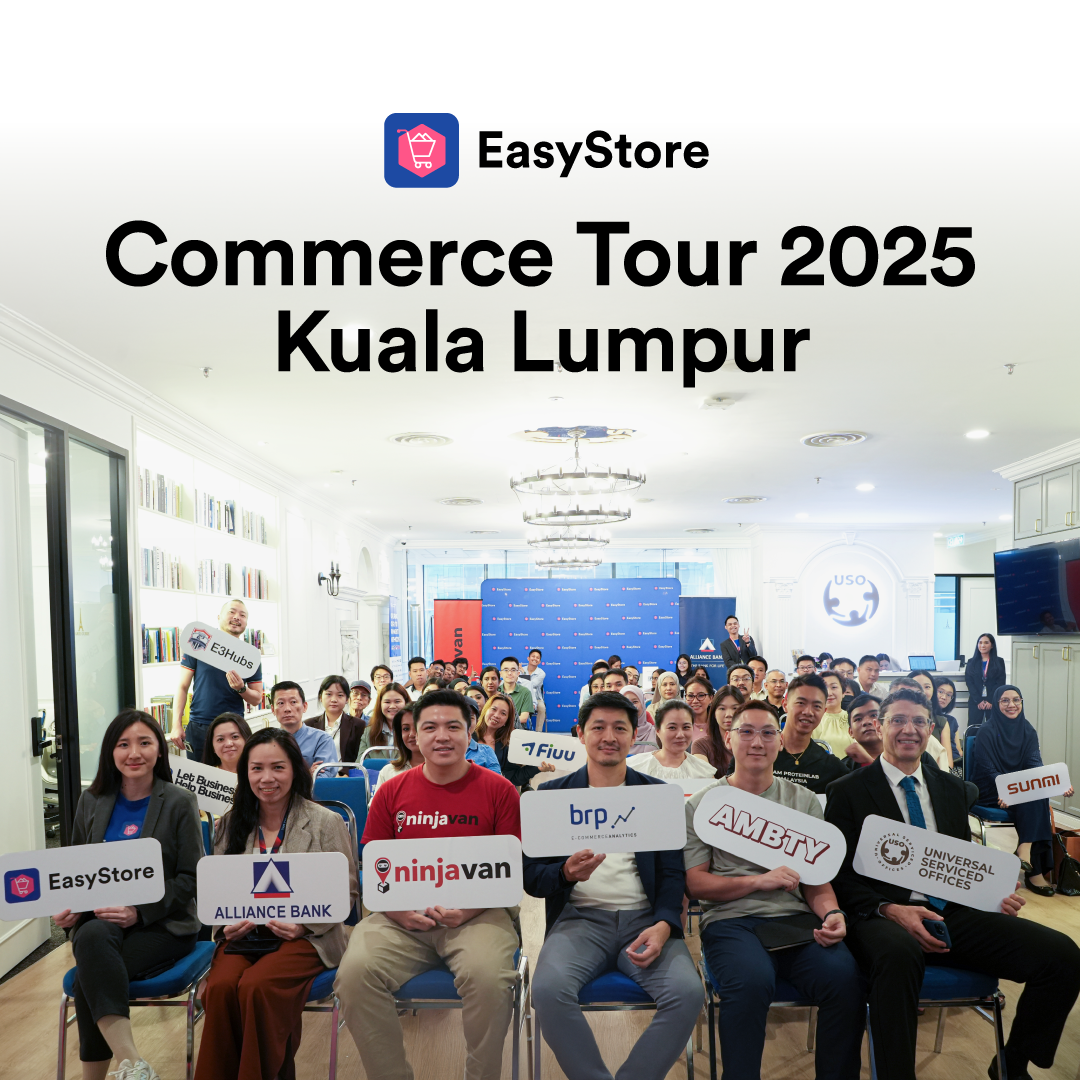Why Tech Startups Should Focus on Humanizing Technology
By Karyan Lee · 6th March, 2018
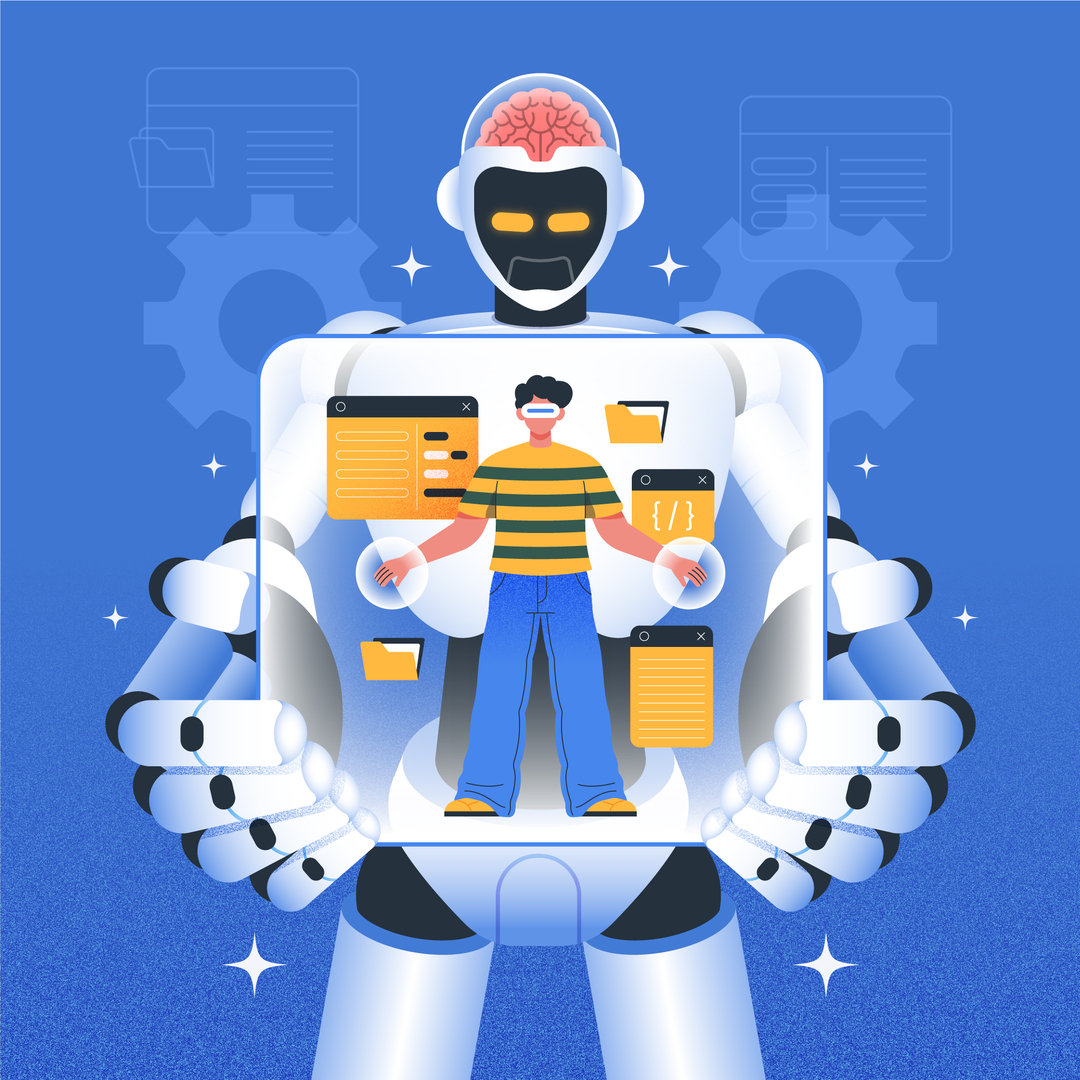
Table of Contents
This blog was updated on 14 April 2025, for more information connect with our team: https://www.easystore.co/contact
Why Tech Startups Should Focus on Humanizing Technology
While technology continues to improve our lives in countless ways, there’s a growing challenge: keeping it understandable, accessible, and truly useful for the people it’s designed for.
Albert Einstein once observed, “It has become appallingly obvious that our technology has exceeded our humanity… Concern for man himself must always be the chief interest of all technological endeavors.”
This principle is more relevant than ever today.
In response, technology developers have turned to the concept of humanizing technology — making tech feel more natural, intuitive, and approachable, so users can not only access but fully benefit from it.
Whether it’s a multinational corporation, an agile startup, or a grassroots project, technology now plays a vital role in brand awareness, service delivery, and customer engagement.
And yet, for technology to succeed, it must be shaped around people — not the other way around.
What Is Humanizing Technology?

As technology continues its rapid evolution, developers face the crucial task of ensuring people can actually understand, relate to, and use it meaningfully.
Humanizing technology means designing products and services that fit naturally into people’s daily routines and mental models.
According to Webb (2014), it’s about understanding how people naturally make sense of technology — and adapting to them, not forcing them to adapt to machines.
Ren (2016) further argues that, “when designing technology for human-computer interaction, the emphasis should always be placed on the human and not on the computer — it becomes dangerous when it’s the other way around.”
Apple’s Approach: Putting People First

Apple’s incredible success story offers one of the clearest examples of humanized technology in action.
Steve Jobs famously said, “You’ve got to start with the customer experience first and work backwards to the technology.”
Jobs’ interest in philosophy, music, and culture shaped Apple’s human-centric design philosophy.
Apple products aren’t just advanced — they’re easy to use, intuitive, and made to feel personal.
Whether it’s their user-friendly interfaces or thoughtfully designed apps, Apple understands how people think and interact with devices.
A great example is Siri, Apple’s voice-activated personal assistant.
Siri allows users to send messages, set reminders, get directions, or book reservations just by speaking naturally — no technical knowledge required.
This opened up access to technology for people of all backgrounds and skill levels.
Why Humanized Tech Matters for Startups
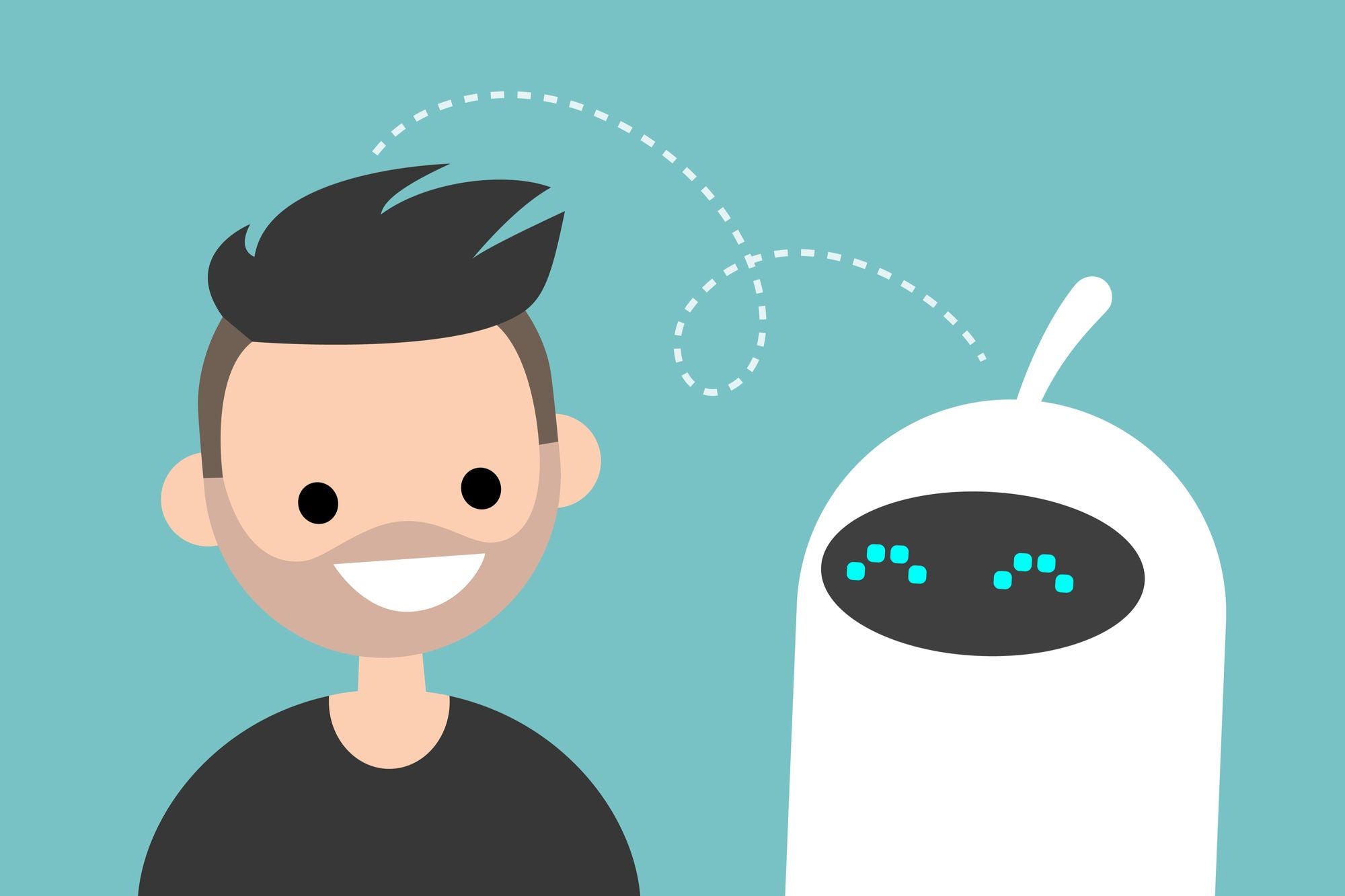
For tech startups, adopting a people-first mindset can be a powerful differentiator.
Startups that humanize their technology are more likely to resonate with broader audiences — from digital natives to elderly users — creating products that are approachable and easy to adopt.
The lesson from Apple is clear: technology should make people’s lives better, easier, and more connected, not more complicated.
Startups that embrace this philosophy can carve out meaningful spaces in competitive markets.
Current Trends in Humanized Technology
Several modern technologies are already applying these humanizing principles, creating seamless, user-centered experiences.
Here are a few:
Augmented Reality (AR)
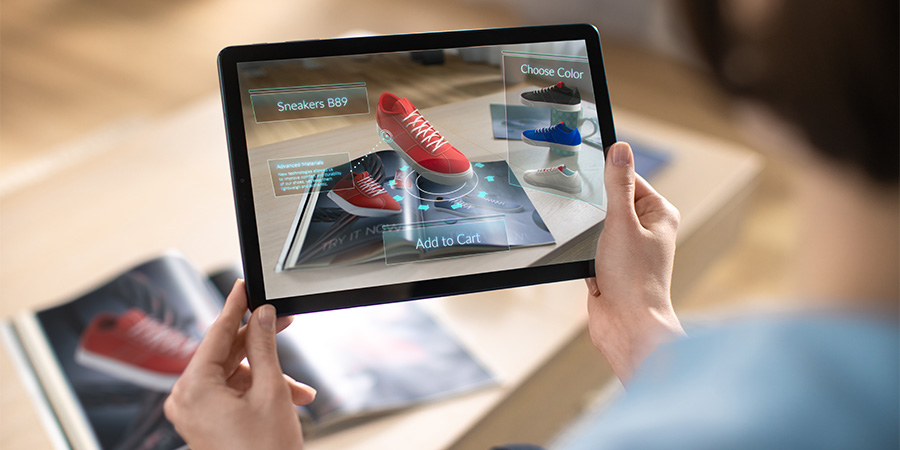
AR enhances the physical world with digital elements, adding new dimensions without replacing reality.
Unlike VR, which creates a fully artificial environment, AR layers computer-generated visuals over the real world.
Google’s Tango (though since discontinued) and smartphones like the Lenovo Phab 2 Pro pioneered mobile AR experiences like indoor navigation, virtual furniture placement, and 3D mapping — features that allowed users to interact with their spaces in more intuitive, useful ways.
Today, AR continues to thrive through platforms like Apple’s ARKit and Meta’s Spark AR.
Chatbots
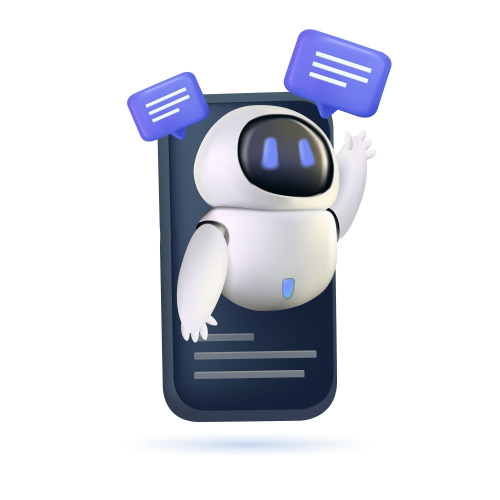
Chatbots have revolutionized how businesses interact with their customers.
Back in 2016, Facebook’s Messenger Platform introduced AI-powered bots that allowed companies to communicate directly with users, answer inquiries, and share updates in real-time.
Now, platforms like WhatsApp Business, Telegram Bots, and Slack integrations enable startups to engage users instantly and personally.
Humanized chatbots can even simulate conversations, providing customized recommendations and addressing concerns in a friendly, relatable way.
Online Price Comparison Platforms
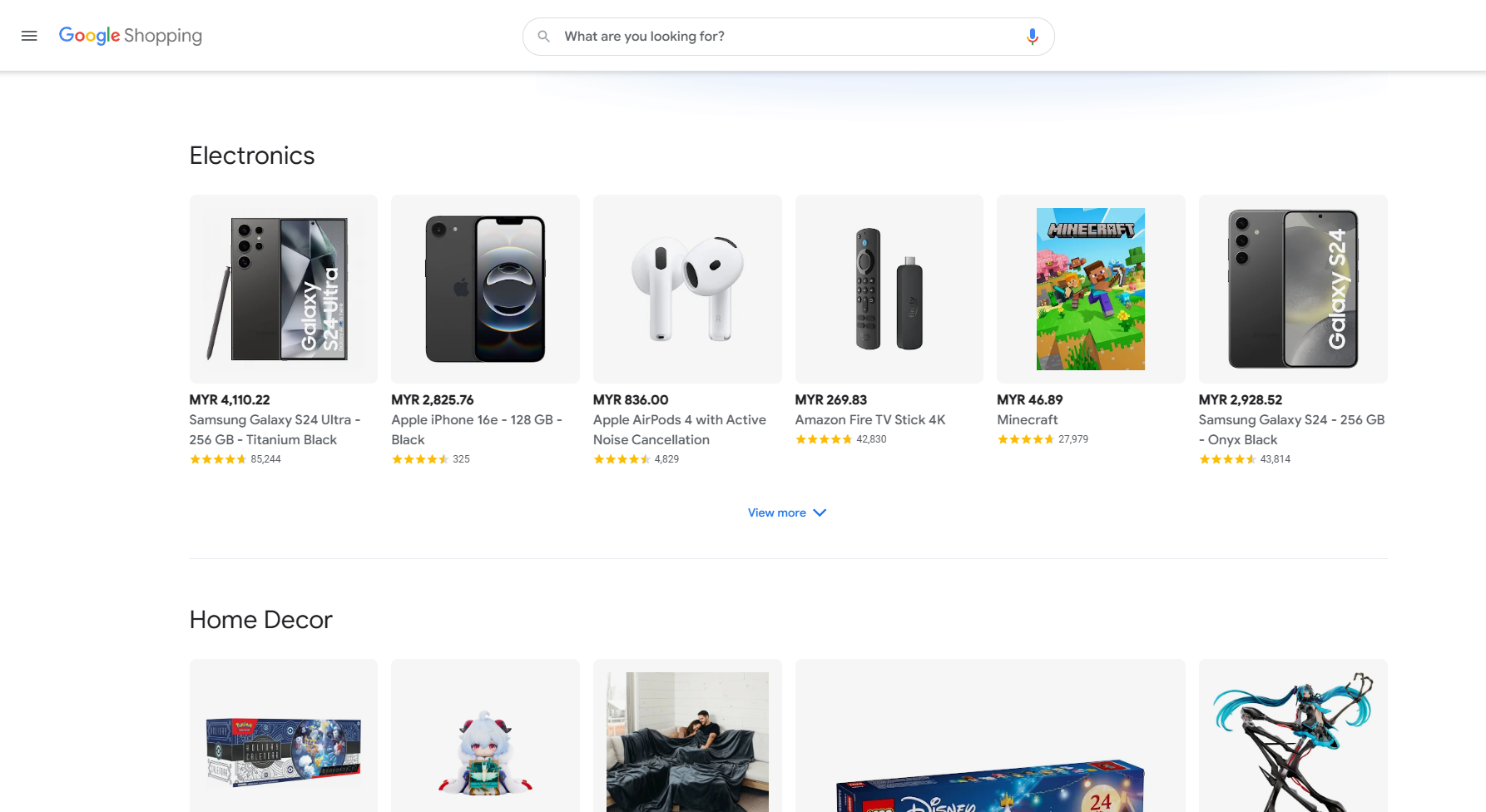
Sites like Google Shopping, Priceza, and iPrice help consumers make better buying decisions by comparing prices and promotions across multiple stores.
These platforms empower users by providing transparent, easy-to-digest information, improving their shopping experience while saving time and money.
Elderly-Friendly Tech by Vitamins
When Samsung tasked design studio Vitamins to create a phone for elderly users, they rejected the typical approach of larger screens and simplified interfaces.
Instead, they created a book with cutouts and illustrated guides that overlaid real smartphones, turning complex interfaces into clear, physical step-by-step instructions.
This human-centered design acknowledged older users’ learning preferences, bridging the digital divide in a creative, effective way.
Head-Movement Tracking Technology
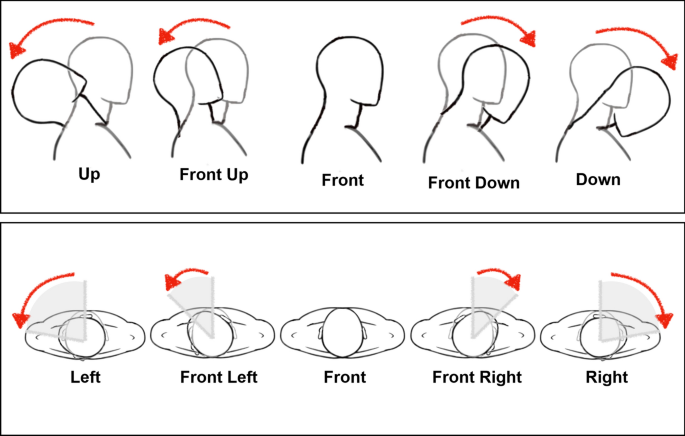
Companies like Madentec and NaturalPoint have developed systems where users can control a cursor using head movements.
A reflective sensor dot placed on the forehead allows individuals with physical disabilities to navigate and interact with computers, giving them digital independence.
It’s a perfect example of how humanized technology can dramatically improve quality of life.
Conclusion: People First, Always
As technology continues advancing, it’s crucial for startups to remember that innovation should serve people, not overwhelm them.
Tech is only valuable when it’s accessible, understandable, and usable.
Humanizing technology isn’t just good ethics — it’s smart business.
When users feel comfortable, confident, and connected to the technology they use, they’re more likely to adopt it, recommend it, and keep using it long-term.
For tech startups looking to stand out, putting people first isn’t a trend — it’s the future.
Make Customers Love Buying From You
EasyStore empowers your brand to prioritize customers and enhance their experience, creating a unified customer experience (UCX) that makes customers love buying from you.
Over 50,000 brands have grown their businesses by embracing unified customer experiences (UCX) strategy through EasyStore across multiple sales channels - online store, retail outlets, marketplaces, and social media, ensuring consistency in product and service offerings for a seamless shopping journey.
Embrace UCX and redefine your business success today
Discover how UCX can elevate your customer engagement with a truly unified journey for your customers, streamline operations, and drive growth across all channels.
Contact Us

